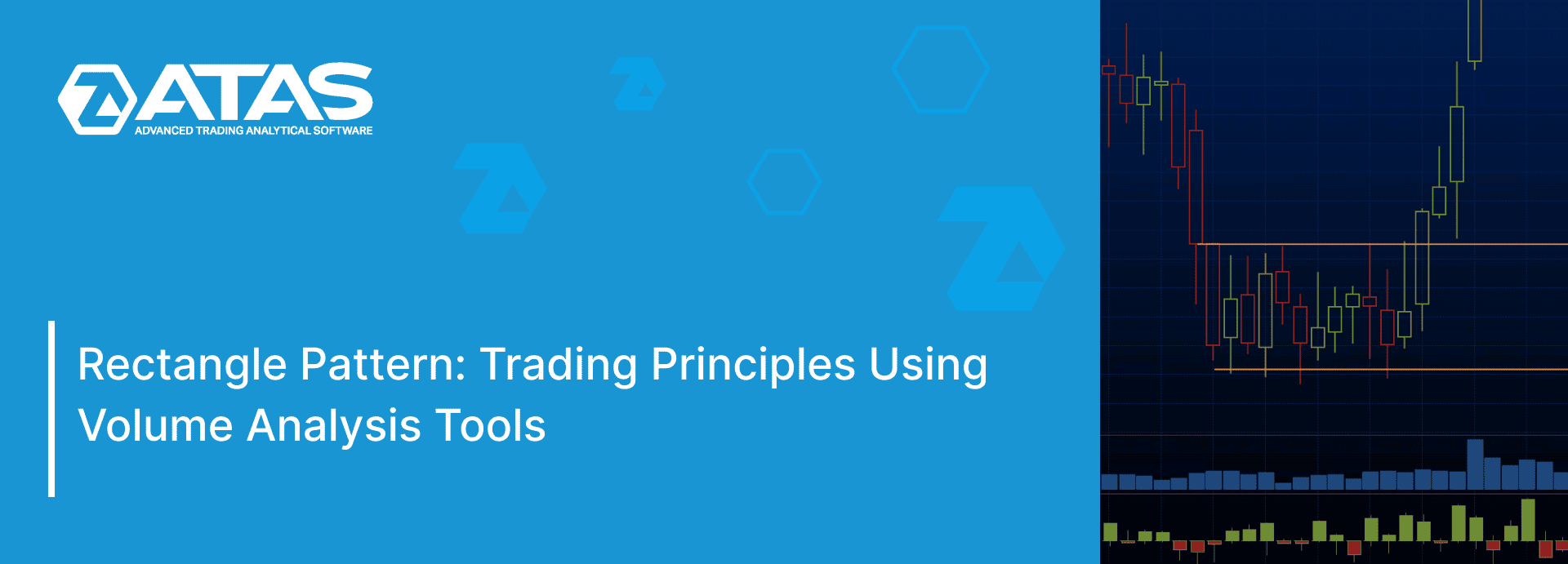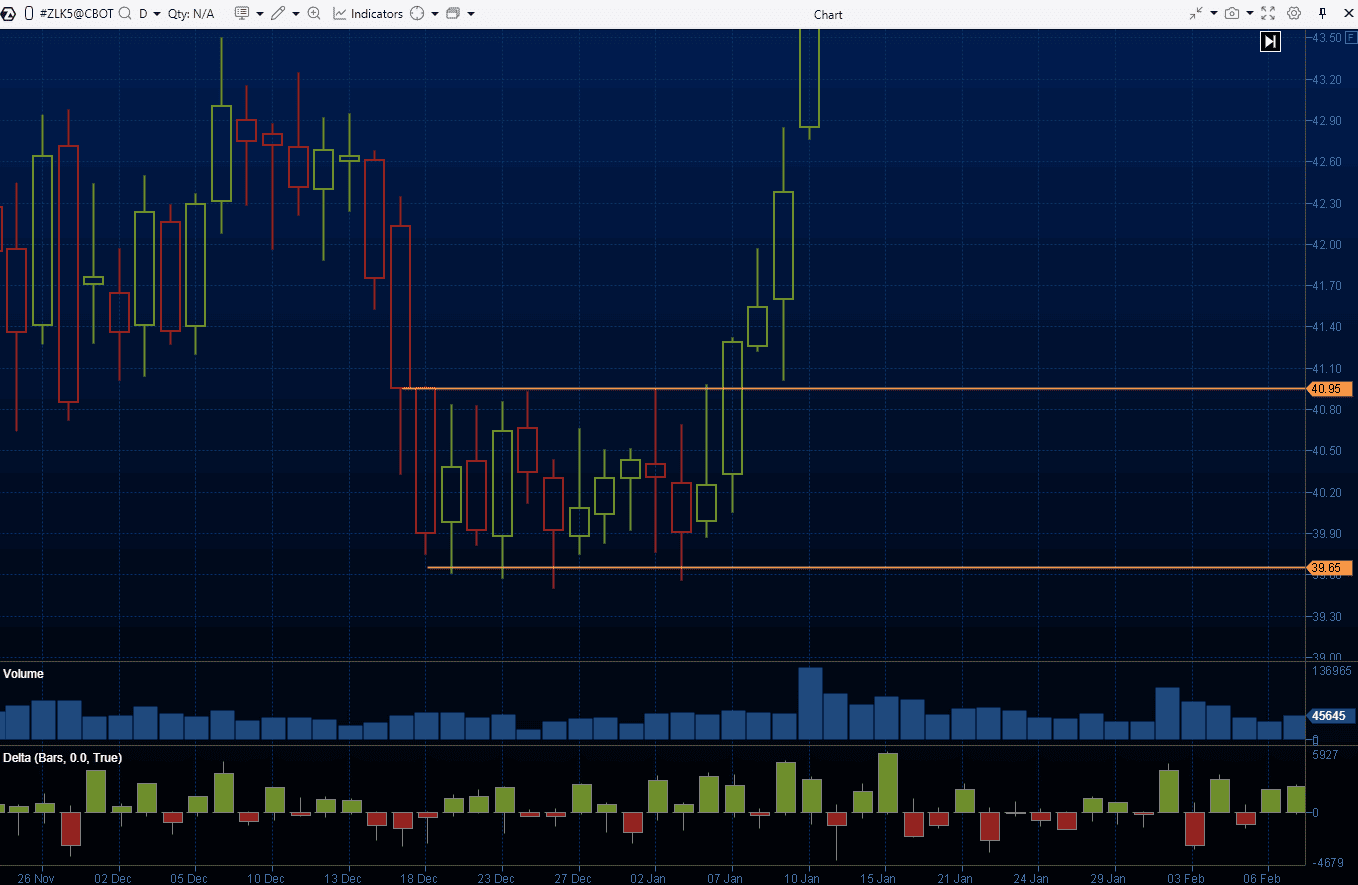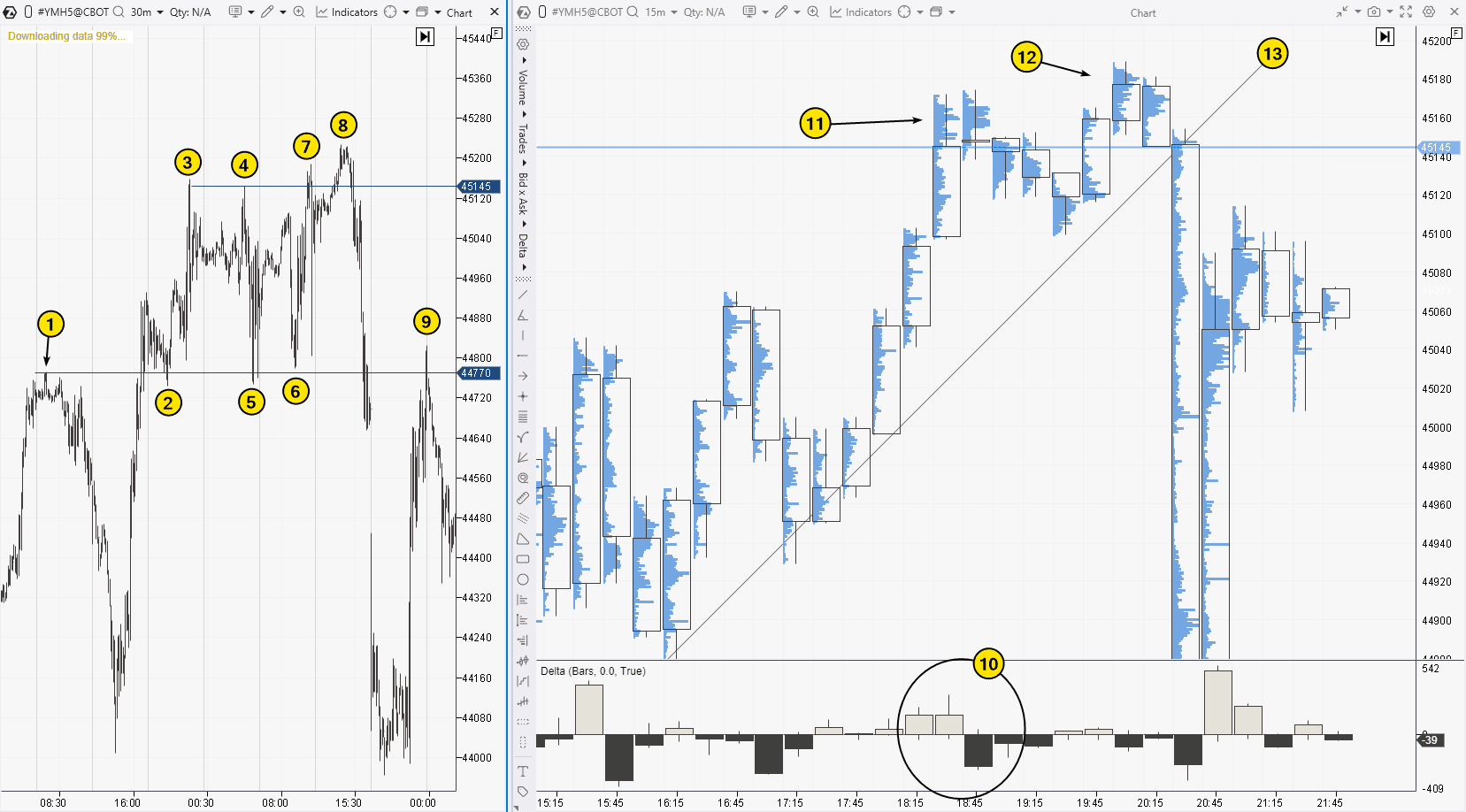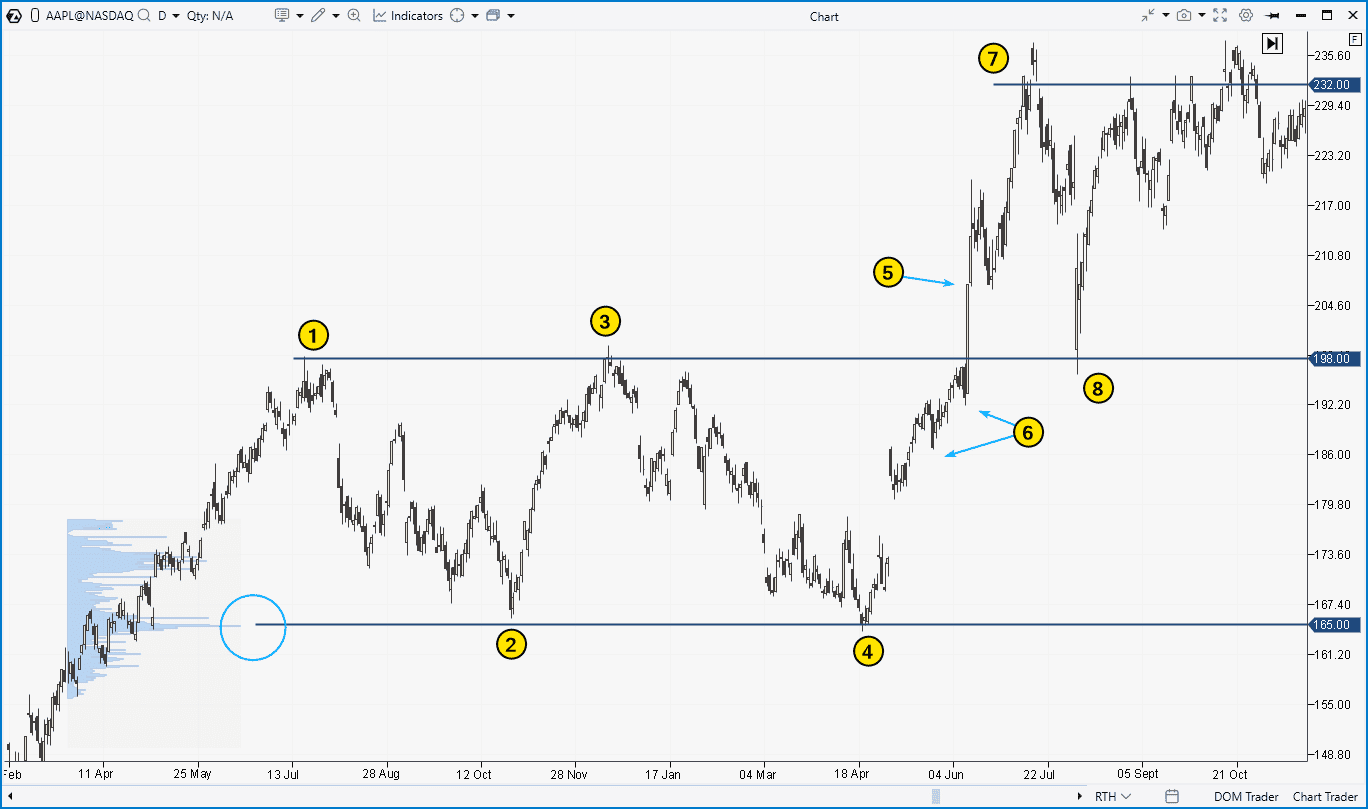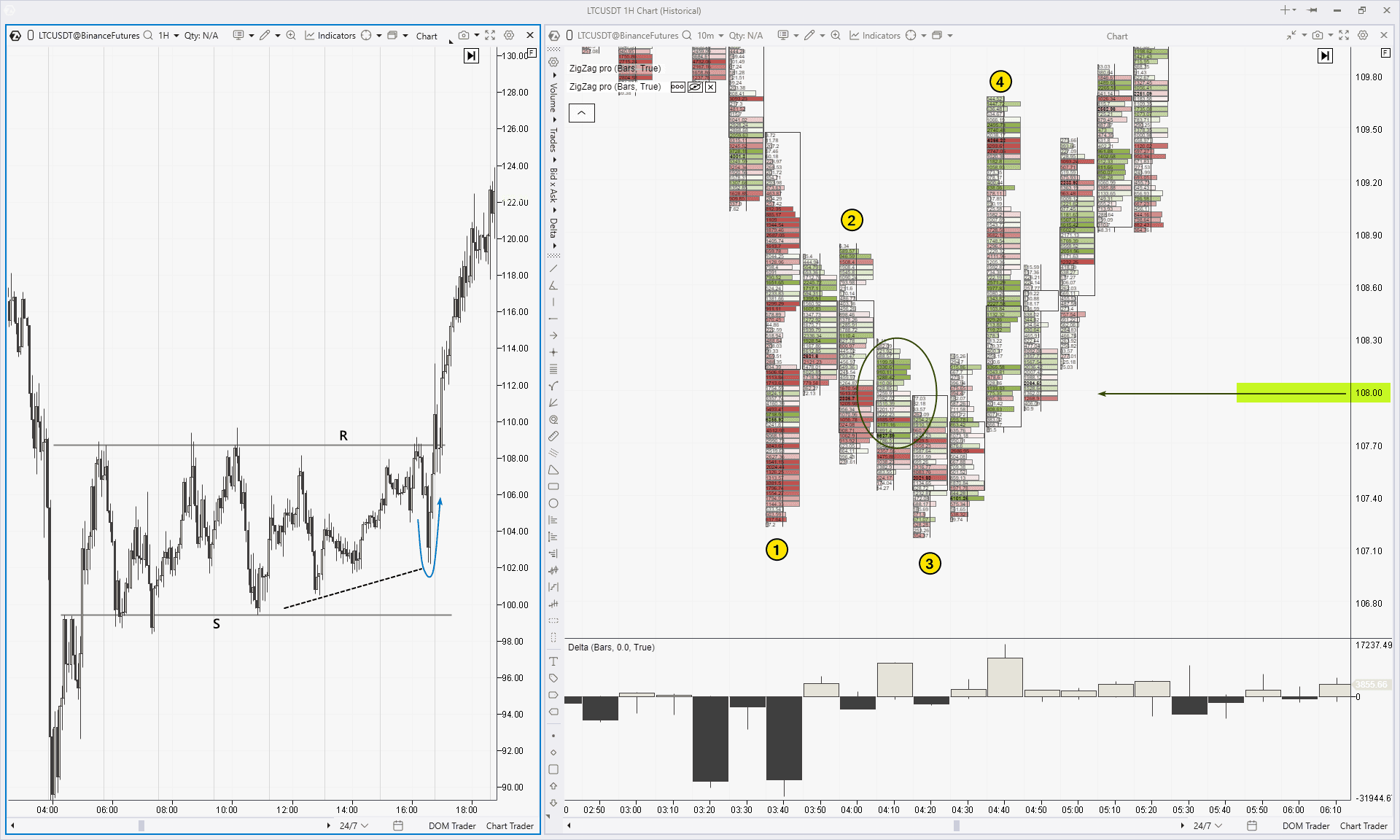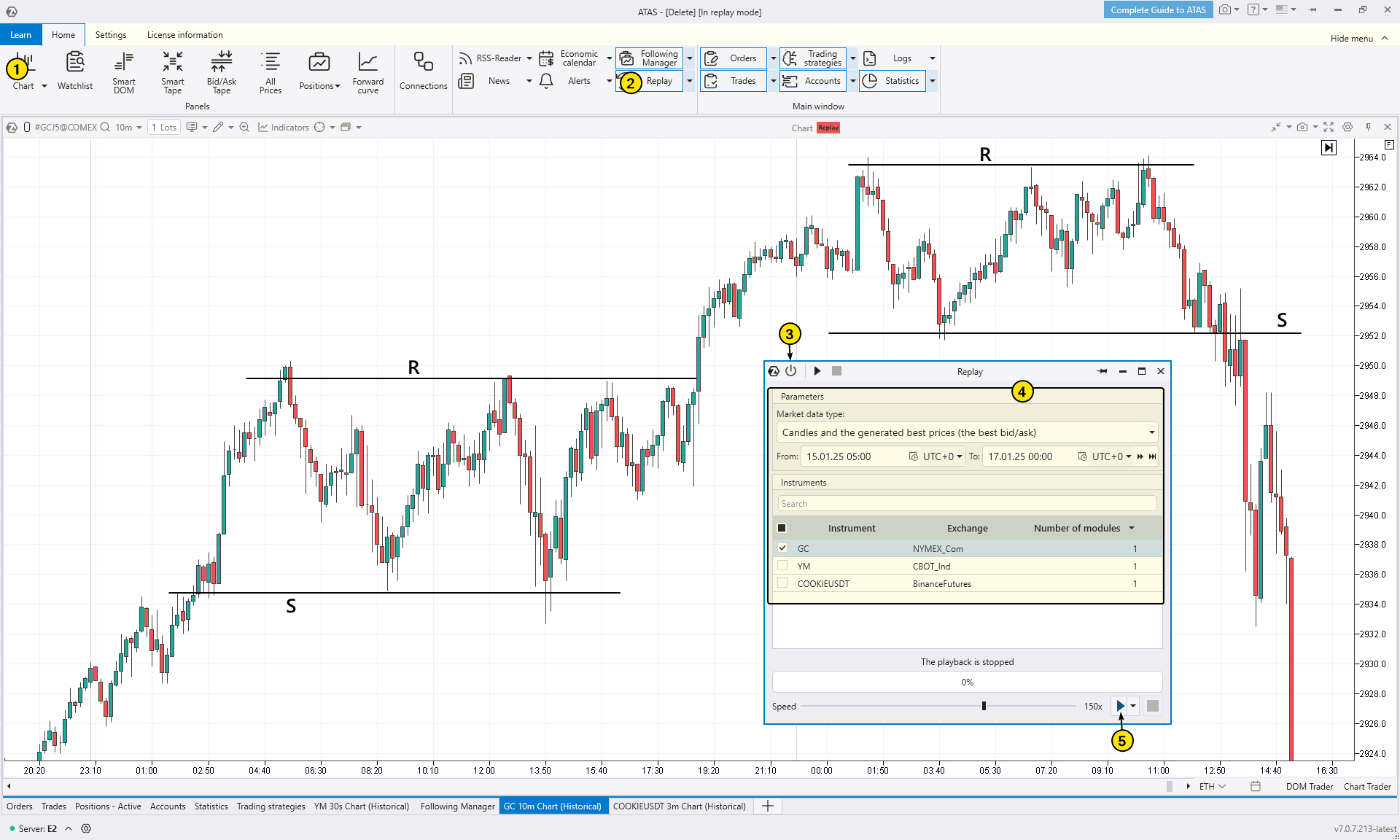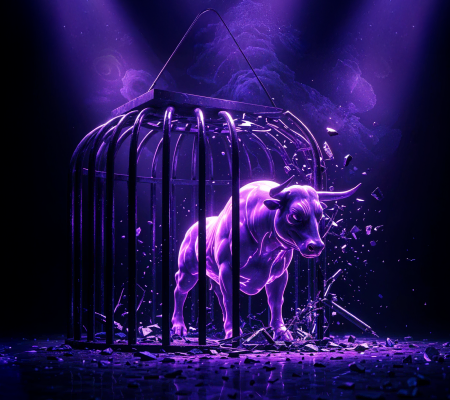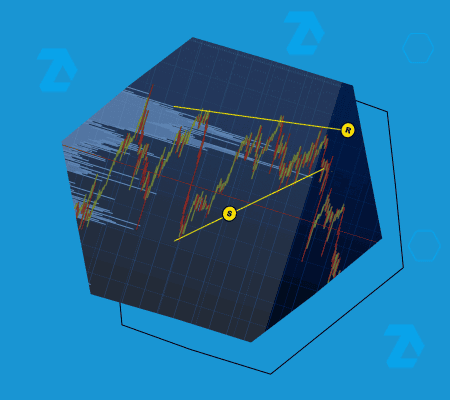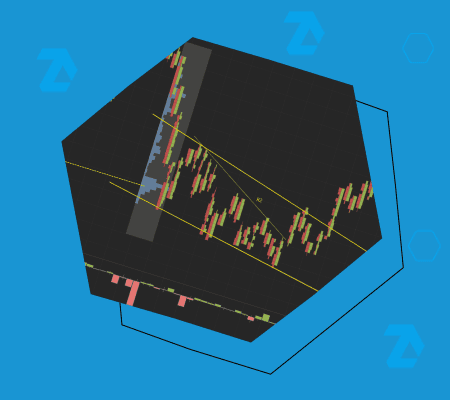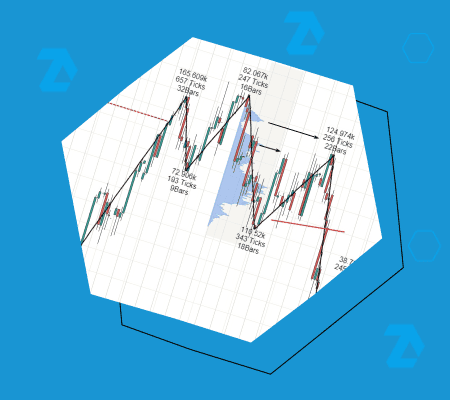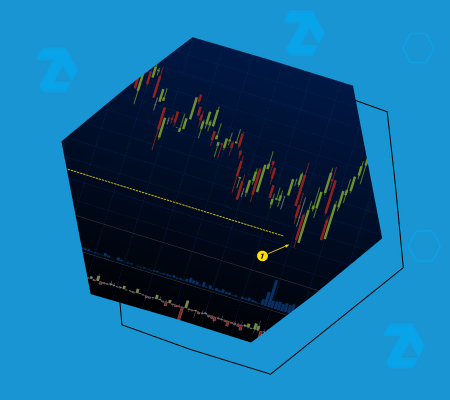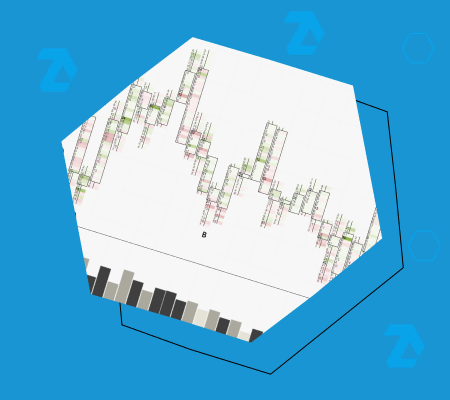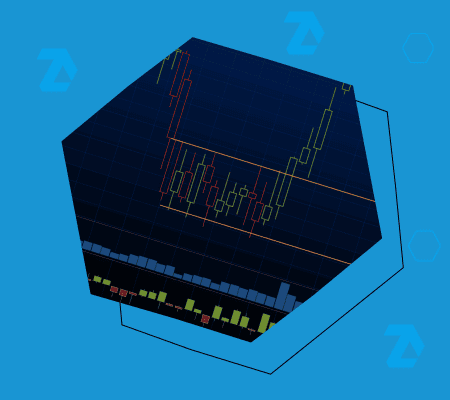Rectangle vs. head and shoulders pattern. Which one is better?
Both are chart patterns used in technical analysis, but they indicate different market conditions. The head and shoulders pattern signals a potential bearish reversal after an uptrend, while the rectangle pattern is a consolidation figure, suggesting the market is temporarily trendless. The choice of pattern depends on personal preference and the market context. However, neither guarantees profit, therefore, strict risk management is essential.
What are the limitations of the rectangle chart pattern?
- Subjectivity in Identification. Different traders may interpret the rectangle pattern differently. There are no clear-cut rules for defining the pattern, such as how many reversals should occur or the exact distance between them.
- Challenges with risk/reward ratio (1:3). Following the classic rules may result in a stop-loss that is too large.
- Market risks. Breakouts can be false, and the price may not test breakout levels. Additionally, reversals may not form as expected.
How profitable is trading the rectangle pattern?
According to expert Thomas Bulkowski’s research on technical analysis patterns in stock markets, the rectangle bottoms pattern has the highest profit potential in a bullish market. To take advantage of this, you should:
- Confirm that the stock market is in an uptrend.
- Wait for the stock price to form the rectangle pattern after a corrective pullback.
- Enter a long position after a bullish breakout of the pattern.
In this case, the idea is that the stock has finished its correction and is ready to continue rising. Bulkowski found that in these scenarios, the price hits its target 79% of the time, making the rectangle bottom pattern in a bullish market the 8th most profitable out of 39 other patterns. A pretty solid result.
What is the rectangle pattern price target?
To determine the take-profit target when trading the rectangle pattern, measure the height of the rectangle and then project that distance from the breakout level, either upwards or downwards, depending on the direction of the breakout.
Is a rectangle pattern bullish or bearish?
Both options are possible. You cannot predict with 100% certainty whether the rectangle pattern will be bullish or bearish. If there is an upward breakout, the pattern is considered bullish; if there is a downwards one, it is considered bearish.

